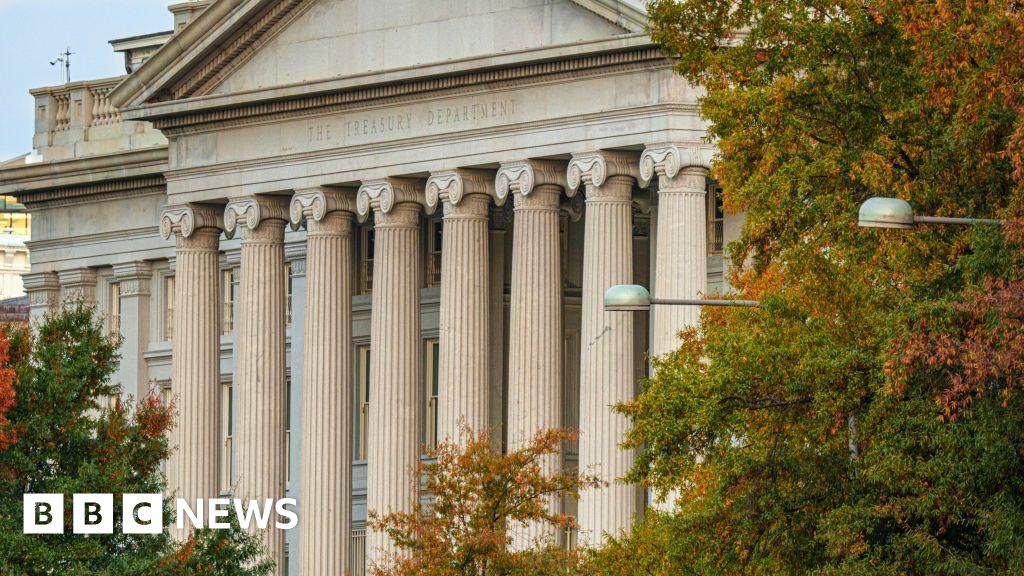CNA Staff, Sep 21, 2024 / 08:00 am
A group of Carmelite nuns in Arlington, Texas, announced this month that they would henceforth associate with the Society of St. Pius X (SSPX), a traditionalist group that is not in full communion with the Catholic Church and has a canonically irregular status.
The nuns have been at the center of considerable controversy since last year after an investigation was launched by the Diocese of Fort Worth over reported sexual misconduct by the order’s reverend mother superior.
The nuns defied a Vatican decree on their monastery’s governance and sought a restraining order against Bishop Michael Olson, the bishop of Fort Worth. The nuns’ rejection of authority “is scandalous and is permeated with the odor of schism,” Olson said this week.
Church leaders have at times argued the same thing about SSPX, a controversial fraternity of priests known for their strict traditional celebration of the Latin Mass and opposition to the reforms of the Second Vatican Council.
The animating principle of the group “is the priesthood and all that pertains to it and nothing but what concerns it,” SSPX says on its website. The group was founded in 1970 by Archbishop Marcel Lefebvre, a French prelate who was a sharp critic of many of the changes brought about by Vatican II.
In addition to the modern revisions of the Mass, Lefebvre also opposed “ecumenism — a viewpoint which considered all religions as beneficial and valid — and collegiality — which insisted that the Church be ruled primarily by the democratic process and bishops’ conferences,” according to the group’s website.
The group runs priories, chapels, and missions around the world as well as seminaries. It commands several hundred priests and a few hundred more seminarians.
Perhaps the group’s most controversial moment came in 1988 when Lefebvre consecrated four bishops in Écône, Switzerland, in explicit defiance of Pope John Paul II. Within hours the Vatican declared that Lefebvre and the four bishops had incurred excommunication on themselves.
In his motu proprio Ecclesia Dei, John Paul argued that it was “impossible to remain faithful to the Tradition while breaking the ecclesial bond with him to whom, in the person of the Apostle Peter, Christ himself entrusted the ministry of unity in his Church.”
Pope Benedict XVI lifted this excommunication in 2009, though he explained in a letter that SSPX does not have canonical status and therefore “its ministers do not exercise legitimate ministries in the Church.”
Pope Francis further expanded the group’s privileges, ordering during the 2015–2016 Extraordinary Jubilee of Mercy that confessions heard by SSPX priests were valid; he subsequently extended this order indefinitely.
In 2017, meanwhile, he approved a way for the group’s priests to witness marriages validly, giving diocesan bishops or other local ordinaries the ability to authorize such decisions.
Can Catholics attend a Mass given by priests of SSPX?
Some Catholics seek out SSPX-ministered Masses due to their solemnity and fidelity to earlier forms of the liturgy. But is this allowed by the Church?
Jimmy Akin, a senior apologist with Catholic Answers, told CNA that SSPX “is not currently in schism.”
“In 1988, John Paul II ruled that the episcopal ordinations the society had conducted in disobedience to the Roman pontiff implied in practice the rejection of the Roman primacy and therefore constituted a schismatic act,” he noted.
(Story continues below)
Subscribe to our daily newsletter
“This triggered the automatic penalty of excommunication for schism for the bishops involved and, in John Paul II’s words, anyone who gave ‘formal adherence’ to the schism.”
Pope Benedict XVI’s 2009 lifting of those excommunications “implies that the SSPX is no longer in schism, since schism carries an automatic excommunication,” he said.
“If they were still in a state of schism, the excommunications could not have been lifted without the law immediately reimposing them. Therefore, they are no longer in schism.”
But the priests of the society are “celebrating Mass without the proper permissions, creating a canonically irregular situation,” Akin said.
He pointed out that the Code of Canon Law stipulates that Catholics “can participate in the Eucharistic sacrifice and receive holy Communion in any Catholic rite.” Since SSPX is using the approved 1962 rite of the Mass, “the faithful can attend it and receive holy Communion.”
“The fact it is being celebrated in a canonically irregular situation does not change this,” Akin said.
He pointed out that “every time a priest commits a liturgical abuse, it creates a canonically irregular situation,” but that the Church “does not want the laity to have to judge which canonically irregular situations involve ‘too much’ of a departure from the law.”
Thus the faithful’s “right to attend and receive holy Communion in any Catholic rite is protected.”
Though the faithful are not strictly prohibited from attending SSPX Masses, Church leaders have in several instances warned Catholics against doing so except in serious circumstances.
“The Masses they [SSPX] celebrate are also valid, but it is considered morally illicit for the faithful to participate in these Masses unless they are physically or morally impeded from participating in a Mass celebrated by a Catholic priest in good standing,” Monsignor Camille Perl, then-secretary of the Pontifical Commission Ecclesia Dei, said in 1995.
A 1998 letter by Perl noted that the “schismatic mentality” of SSPX led the pontifical commission to “consistently [discourage] the faithful from attending Masses celebrated under the aegis of the Society of St. Pius X.”
 (1).png)
 3 months ago
10
3 months ago
10














